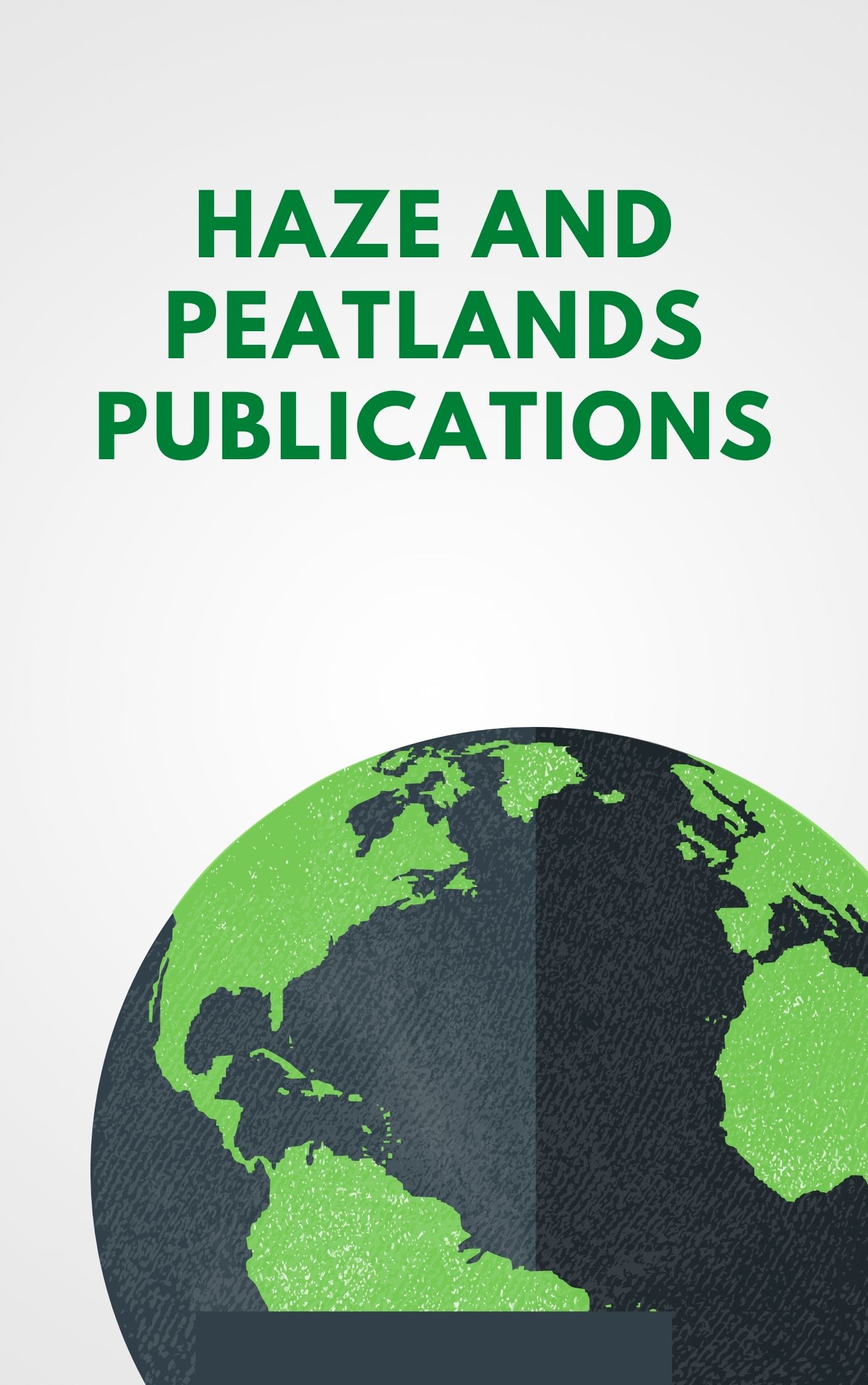This paper studies socioeconomic and environmental changes in the neighboring areas Bangladesh-Myanmar border from 2012 to 2019, thus covering the period before and after the 2017 Rakhine conflict in Myanmar and outflux of refugees across the border to Bangladesh. Given the scarcity and costliness of traditional data collection methods in such conflict areas, the paper uses a novel methodological model based on very-high-resolution satellite imagery, nighttime satellite imagery, and machine-learning algorithms to generate reliable and reusable data for comparative assessment of the impacts of the Rakhine conflict. Assessments of welfare and environmental risks using this approach can be accurate and scalable across different regions and times when other data are unavailable. Key findings are: the general livelihood situation has worsened and income sources shrunk in Rakhine; forced migration damaged the ecologically fragile regions in the two countries; the destruction of aquaculture wetland ecosystems is observed in Rakhine; the deforestation rate reached 20% in Rakhine and 13% on the Bangladeshi side of the border. The results can provide guidance to policymakers and international actors as they work to repatriate the victims of the conflict in Rakhine and minimize the conflict’s security and environmental consequences. The methodology can be applied to other data-poor conflict and refugee areas in the world. © 2021 The Author(s). Published by IOP Publishing Ltd.
View source

